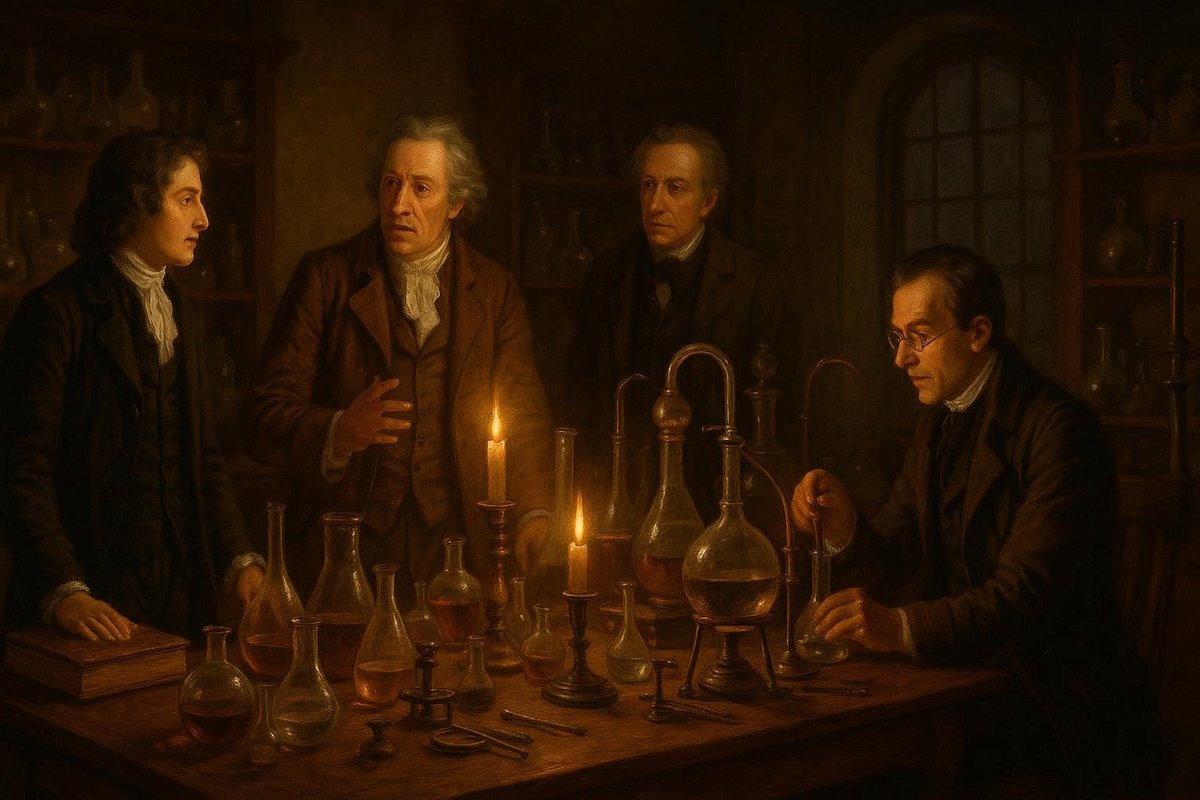
Imagine a world where the concept of matter was not well understood. Intriguingly, this was the reality for much of human history. The discovery and understanding of the states of matter—solid, liquid, and gas—were monumental in shaping the scientific landscape we know today. By exploring how this discovery came to be, we can appreciate not only its scientific significance but also how it can change a student’s perspective on the world.
The Origin of Understanding Matter
Before diving into the discovery, let’s travel back in time. Ancient philosophers like Aristotle believed that everything was composed of four elements: earth, water, air, and fire. These ideas persisted until the Renaissance, a period when scientific inquiry began to flourish.
- For centuries, the idea of matter was largely philosophical.
- Medieval alchemists laid groundwork for chemistry through experimentation.
- The Renaissance sparked a new era of scientific exploration and curiosity.
Interestingly, as people began to question established ideas, they also started observing nature more carefully. This shift from philosophical pondering to empirical investigation set the stage for breakthroughs, allowing scientists to see matter as consisting of more than just the classic elements.
The Key Figures Who Changed Our Understanding
Fast forward to the 17th century, where key figures like Robert Boyle and Daniel Bernoulli began to unravel the complexities of matter. Boyle’s law, for example, provided a mathematical relationship between pressure and volume in gases, challenging existing notions.
- Robert Boyle: Often called the ‘father of chemistry,’ he emphasized the importance of experiments.
- Daniel Bernoulli: His work on gas behavior laid foundational insights for kinetic theory.
- Antoine Lavoisier: Credited with identifying and naming oxygen, he revolutionized chemistry with precise measurements.
No wonder these pioneers were essential in shifting the scientific community towards a more systematic approach in understanding matter. Their work slowly dismantled the mystical views of elements, paving the way for modern chemistry and physics.
The Turning Point: Recognizing States of Matter
As time went on, the 19th century brought about significant advancements. With the industrial revolution, the scientific investigation took a new form with improved tools and methodologies. It was during this era that the states of matter—solid, liquid, and gas—were clearly defined.
- John Dalton and Avogadro made significant contributions to atomic theory.
- Experiments with heat and pressure demonstrated phase changes.
- The development of thermodynamics helped formalize the concept of states of matter.
Of course, these discoveries were not just theoretical. They had practical implications, driving technological innovations and industrial processes. The clear understanding of states of matter was crucial in fields ranging from metallurgy to food preservation, showcasing the real-world impact of scientific discovery.
The Impact on the World and Education
Understanding the states of matter transformed more than just science; it revolutionized how we teach and perceive the world. It offers students a framework to explore and understand physical phenomena systematically.
- Encourages critical thinking and empirical observation.
- Provides a foundation for advanced scientific study.
- Enhances appreciation for everyday processes, like cooking and weather prediction.
Interestingly, this understanding cultivates a deeper curiosity and a respect for nature’s complexity. For students, recognizing the states of matter is like opening a door to the broader world of scientific inquiry. It alters their perspective, encouraging them to see the world not just as it is, but as a vast array of interrelated systems waiting to be explored.
In conclusion, the discovery of the states of matter is more than a scientific landmark; it’s a testament to human curiosity and perseverance. As students grasp this fundamental concept, they are not just learning science—they are being inspired to view the world through a lens of inquiry and wonder.
Fuel Someone Else’s Curiosity
Why not share this newfound understanding with your friends and family? Sparking interest in such a foundational concept can lead to fascinating conversations and, who knows, perhaps inspire the next generation of curious minds. Let’s keep the spirit of discovery alive!

Leave a Reply